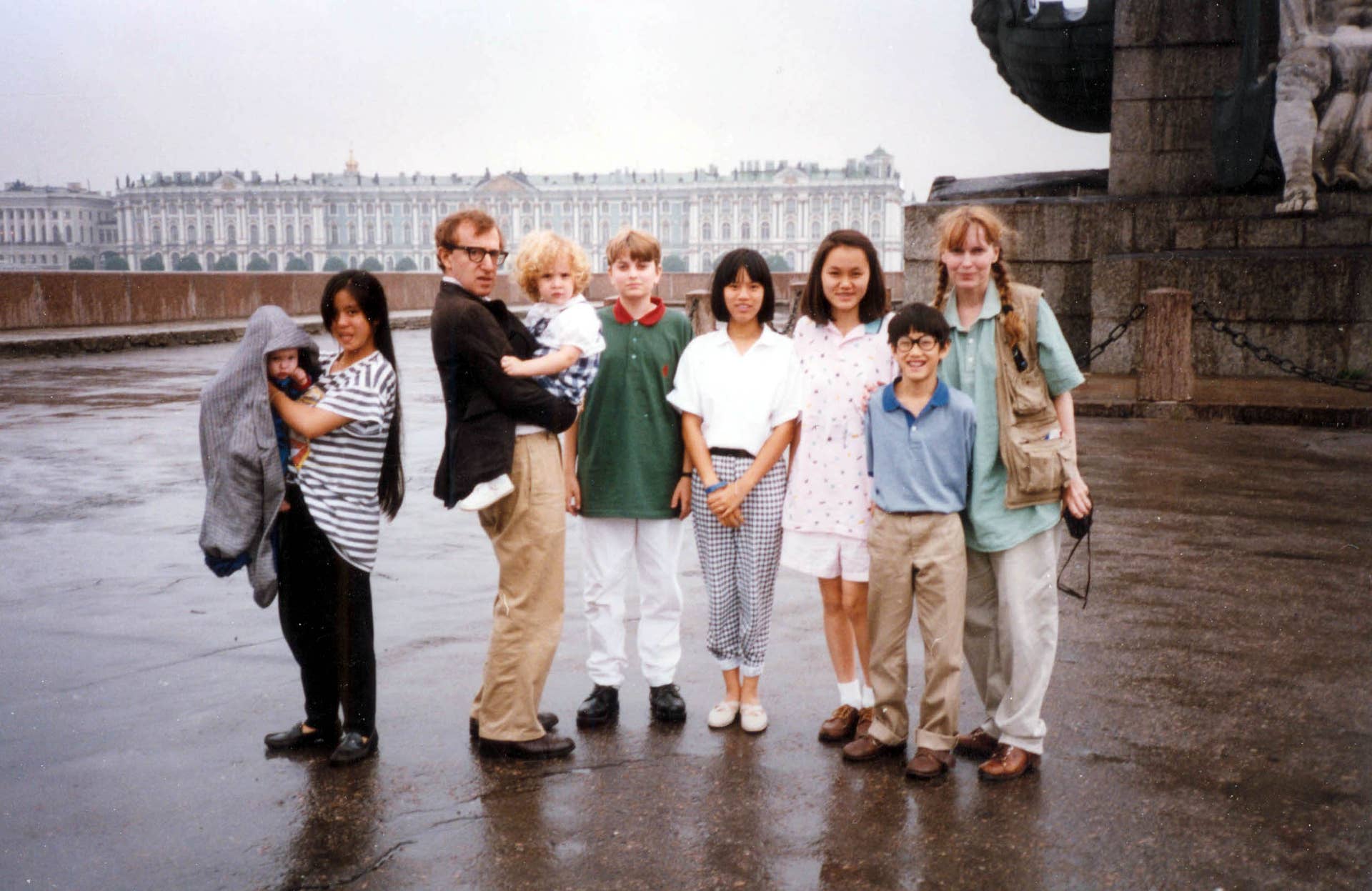
On Sunday, Feb. 21, HBO began airing Allen vs. Farrow, a four-part documentary on Woody Allen and the sexual abuse allegations against him. Since 1992, his adopted daughter Dylan Farrow has accused Allen of inappropriate, grooming behavior, culminating in a sexual assault that occurred in the attic of the Farrow house in Bridgewater, CT. Dylan, who is now 35 years old, would have been seven at the time of the alleged assault.
The case is distinctive in several ways—the high celebrity profile of the people involved, the depravity of the alleged crime, and the multiple accounts of the events leading up to the assault, to say nothing of the assault itself.
If you’re just learning about the case for the first time, or if you’ve been following it since 1992 when it was first splashed across the tabloids, here is a detailed breakdown of what we know about Woody Allen vs. Mia Farrow. The purpose of this summary is to present the accusations, the defense against them, and the context surrounding them. Assuming no one comes clean, we’ll never learn, with 100% certainty, what happened. You can only look at the conflicting accounts and draw your own conclusions.
Who is Woody Allen?
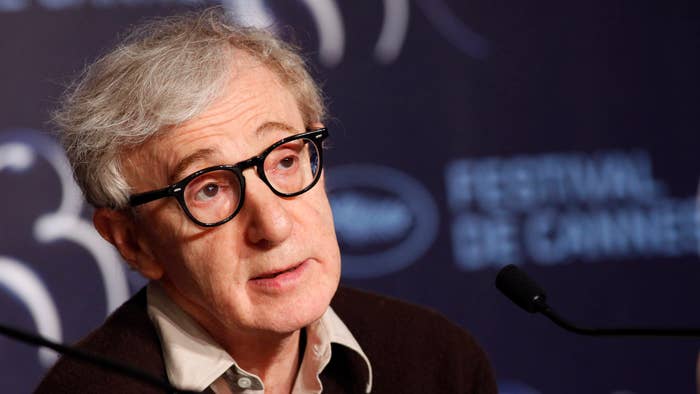
Who is Mia Farrow?
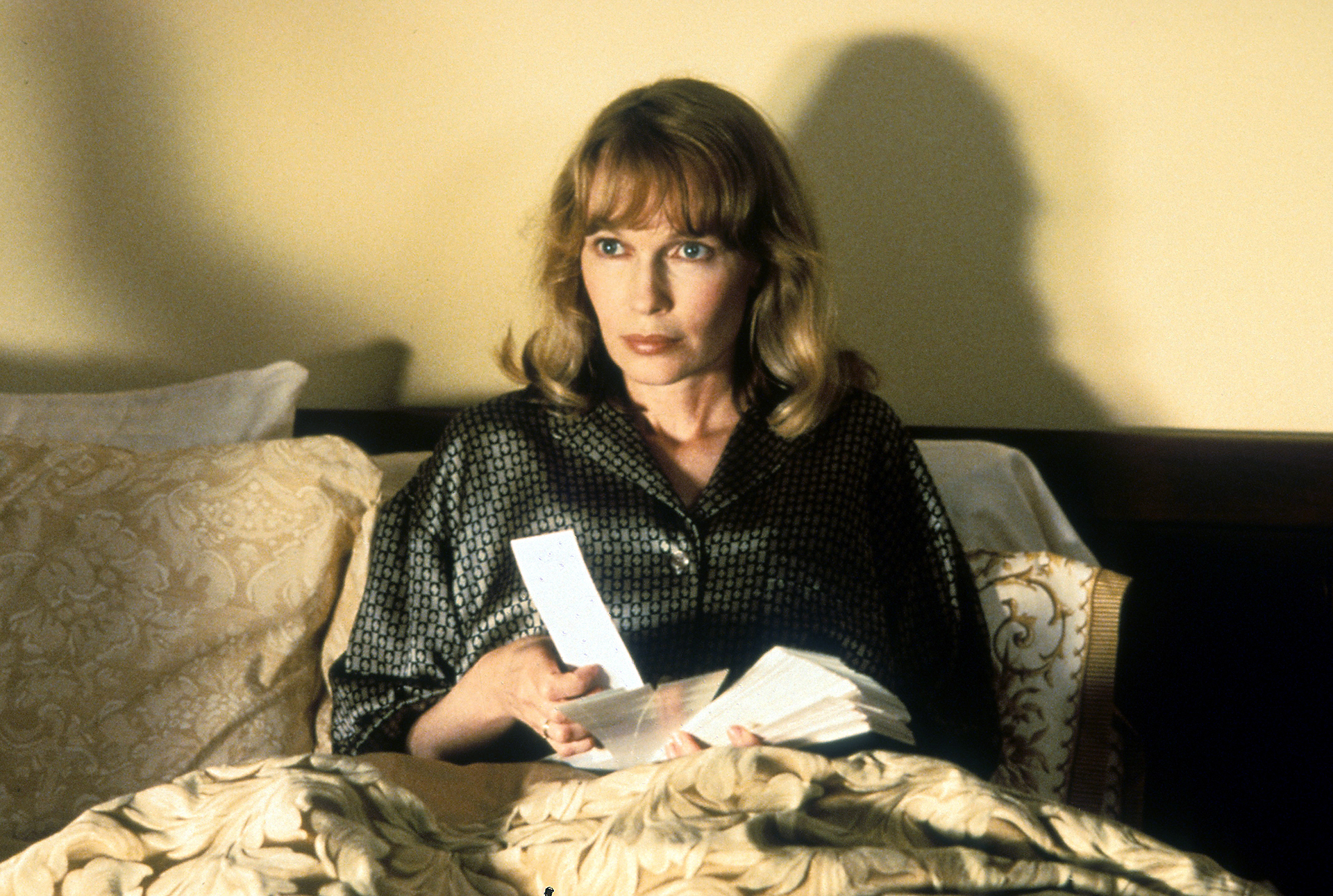
Allen and Farrow were lovers
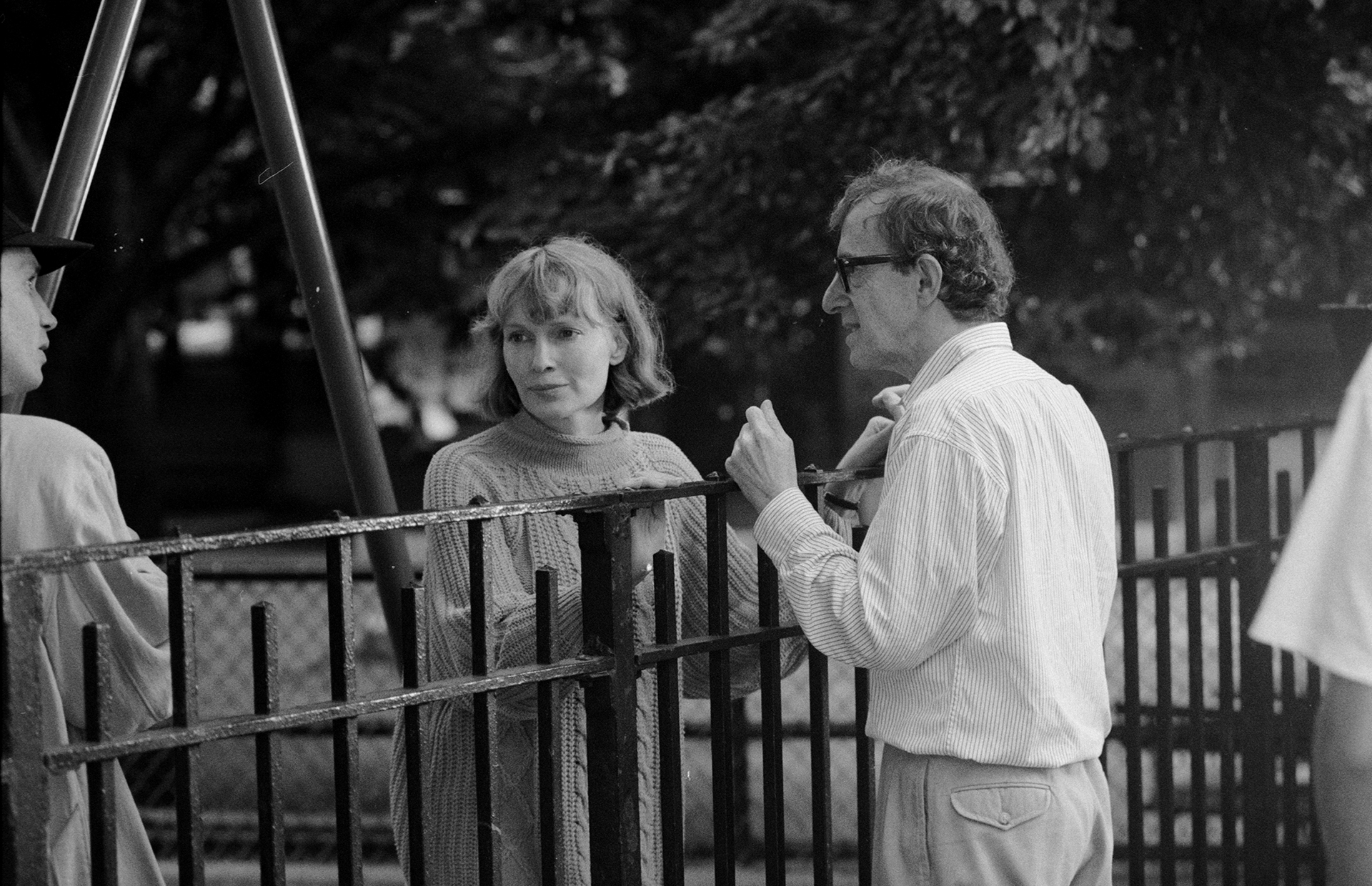
Mia Farrow’s adopted children
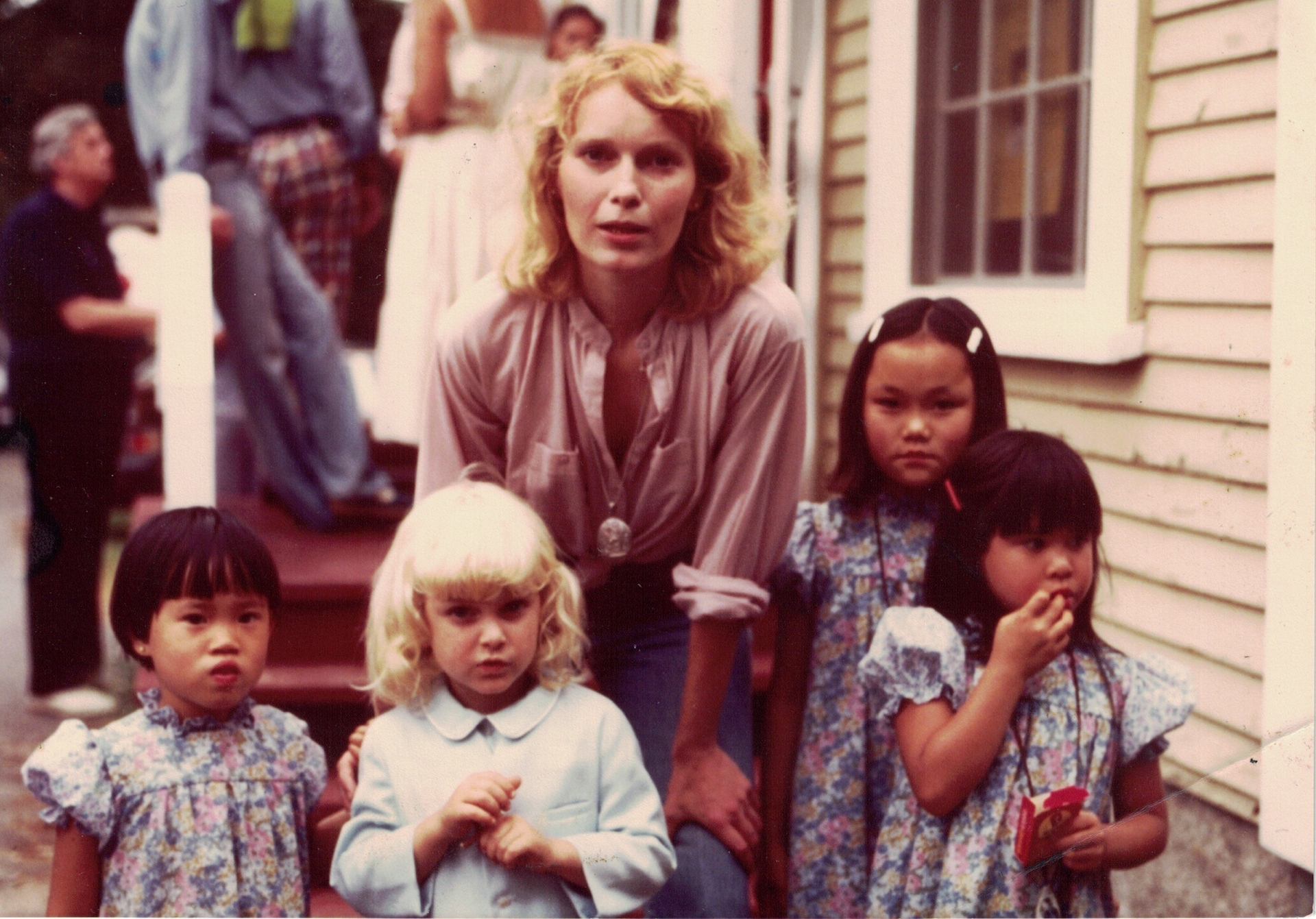
Ronan's paternity?

Woody and Mia both corroborate that Woody bonded with Moses. His autobiography Apropos of Nothing and Mia’s home videos show him teaching Moses how to fish, and show Moses expressing interest in spending additional time with his father, which eventually led to his 1991 adoption.
Woody and Mia also agree that Woody and Ronan never became close, though for different reasons. Woody claims that Mia had an unhealthy relationship with Ronan, doted upon him to the exclusion of the other children, and prevented him from spending meaningful time with his son. Mia claims that Woody didn’t bond with Ronan as a result of his preference for a biological girl, and showed overt, intense favoritism towards Dylan. Mia characterizes the relationship between Woody and Ronan as hostile. She cites an alleged incident in her memoir What Falls Away where Woody twisted Ronan’s leg and threatened to break it.
Dylan and Mia both recall Woody as being intense and inappropriately affectionate towards Dylan, beginning when she was two. Here is a list of claims made against Woody, many of which were corroborated by other family members, family friends, and housekeepers who worked at the Farrow residences.
- Woody would have Dylan suck on his thumb as a way of soothing her. Dylan remembers being instructed on how to do this.
- Woody would play with Dylan in bed in his underwear.
- Woody would monopolize Dylan’s attention, often taking her to another room to play with her, to the exclusion of the other Farrow children.
- Woody, when rubbing suntan lotion on Dylan, lingered for too long on her buttocks, and one of his fingers went between her cheeks.
This behavior led Mia to convince Woody to attend therapy, concerning his “obsession” with Dylan. The therapist, Dr. Susan Coates, confirmed that the behavior was inappropriate, but stated, in her professional opinion, that it was not sexual—that Woody, having never been a parent, didn’t understand boundaries or appropriateness. Woody committed to learning how to better interact with Dylan, though Mia says that she still caught him reverting to old behaviors, like the thumbsucking, when she walked in on them.
The Soon-Yi bombshell
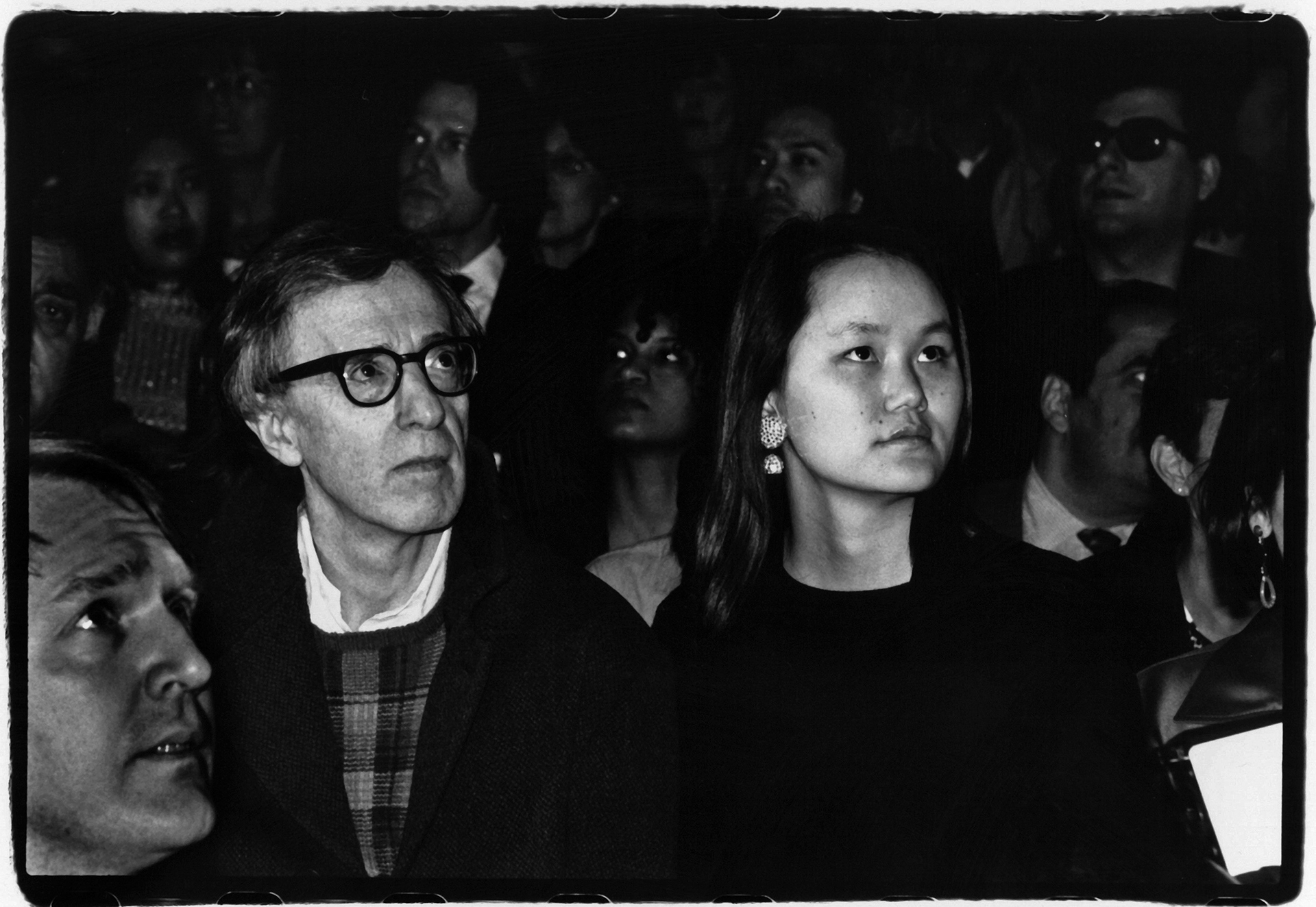
The aftermath of this revelation was explosive. According to Mia, Woody changed his story multiple times, pleading alternately that he loved Soon-Yi and that it was just a fling. He wanted them to burn the Polaroids together. But Mia, who had them locked in a vault by a lawyer, refused.
According to Woody, this was a time period—understandably so—of great fury and anger on Mia’s part. Woody and Mia both allude to numerous phone conversations late at night, where they would scream and say awful things to each other. Both parties accused the other of levying threats during these conversations, and both felt the other had the capacity for awful vengeance. But still, both of them managed to keep this drama from the press, out of a desire to protect their careers and their families.
Estranged daughter
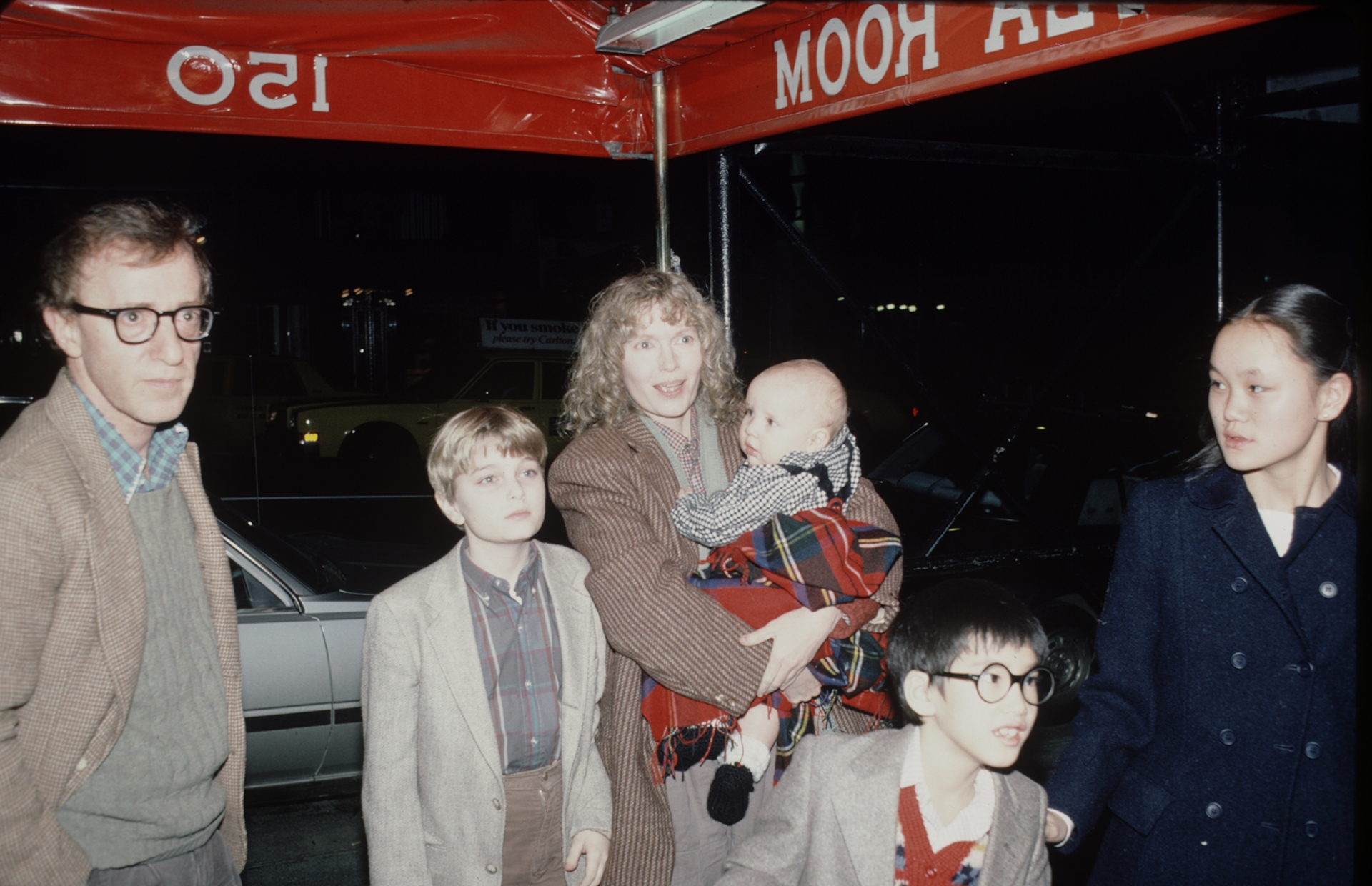
Happy Valentine's Day
View this video on YouTube
Both Mia and Woody cite incidences that point to the other’s callousness or instability. Mia cites an incident when, soon after the affair, Woody attempted to eat dinner with the family, like everything was completely normal. One by one, every Farrow child picked up his or her plate and left the table. And as time went on, he began apologizing less and showing less regret for the affair, even telling Mia that he should go to be with Soon-Yi. In light of his behavior, Mia began viewing Woody’s behavior with Dylan in a more sinister light, and was trying, behind the scenes, to nullify Woody’s adoptions of Moses and Dylan.
On 60 Minutes, Woody revealed that he received a Valentine from Mia during this time period; a heart-encircled picture of the Farrow family, with skewers through each child’s heart, and a knife through hers; wrapped around the knife’ handle was an image of Soon-Yi. Woody found this tableau “chilling,” and states that he feared for his life. In the same interview, Allen claimed that Mia had threatened his life multiple times, but had oddly planned on filming Allen’s upcoming movie after accusing him of sexually molesting Dylan—more on that in a bit.
Despite Woody claiming to Mia that he was no longer seeing Soon-Yi, Soon-Yi lost a summer job as a camp counselor, due to being continually distracted by phone calls by Allen, referring to himself as Mr. Simon.
August 4, 1992
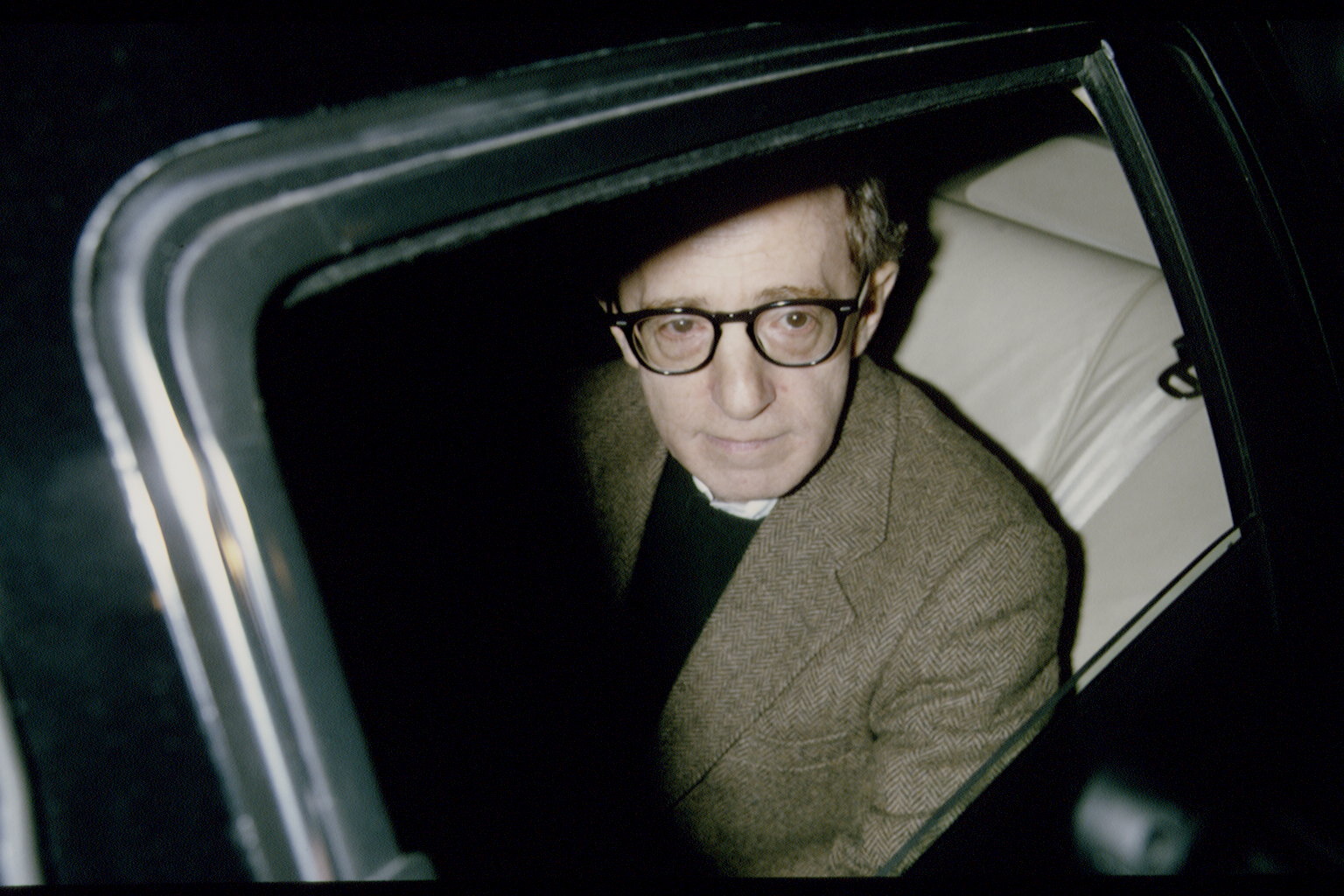
Three different entities investigated the molestation charges against Woody Allen.
The Connecticut Prosecutor declined to press charges. He stated that there was probable cause, but cited Dylan’s fragile mental state and the trauma of putting her on the stand as the reasons for his decision. Critics characterized this ruling as irresponsible; that by allowing the accusation to hang in the air but declining to follow up on it, Woody was in effect being branded guilty without a trial to prove otherwise, and the prosecutor was prejudicing Woody in the eyes of the custody court.
The Yale-New Haven Hospital Child Sexual Abuse Clinic investigated the allegations and concluded that Dylan had not been abused, and theorized that she might have either made up the allegations out of stress or might have been coached into making the accusation by her mother. The report cited that Dylan’s responses to their questions had a rehearsed quality with little spontaneity.
The Farrow camp has cast doubt on the validity of the report, pointing out that it was largely conducted by two social workers, with no psychologists or psychiatrists examining or interviewing Dylan—Dr. Leventhal, the pediatrician who wrote the final report, had never met Dylan and was relying entirely on the reporting of the social workers. The team destroyed their notes, and although that is common practice, custody judge Elliott Wilk felt this also compromised the veracity of the report. The aforementioned Connecticut prosecutor also alludes to his belief that the team consulted with mental health professionals that were paid off by Allen. In the same article, he also discusses Woody’s denial that he had ever been in the attic crawl space where the molestation occurred, which he amended after hairs consistent with his were found in the crawl space.
New York State’s Department of Social Services launched its own independent inquiry. It dropped the case after a 14-month investigation, citing that they had found no evidence to support the sexual abuse accusation.
There were several cuts and inconsistencies in Dylan’s videotape, which Woody’s defenders point to as evidence that she had been coached or given to flights of fantasy. But it is also worth noting that there is no “perfect” victim; sexual assault does not always leave evidence of trauma, and sex crime victims can often give inconsistent, incomplete accounts of abuse that occurred.
It can be difficult to find hard evidence that proves sexual abuse occurred. But that doesn’t prove that the abuse didn’t occur either.
The custody battle
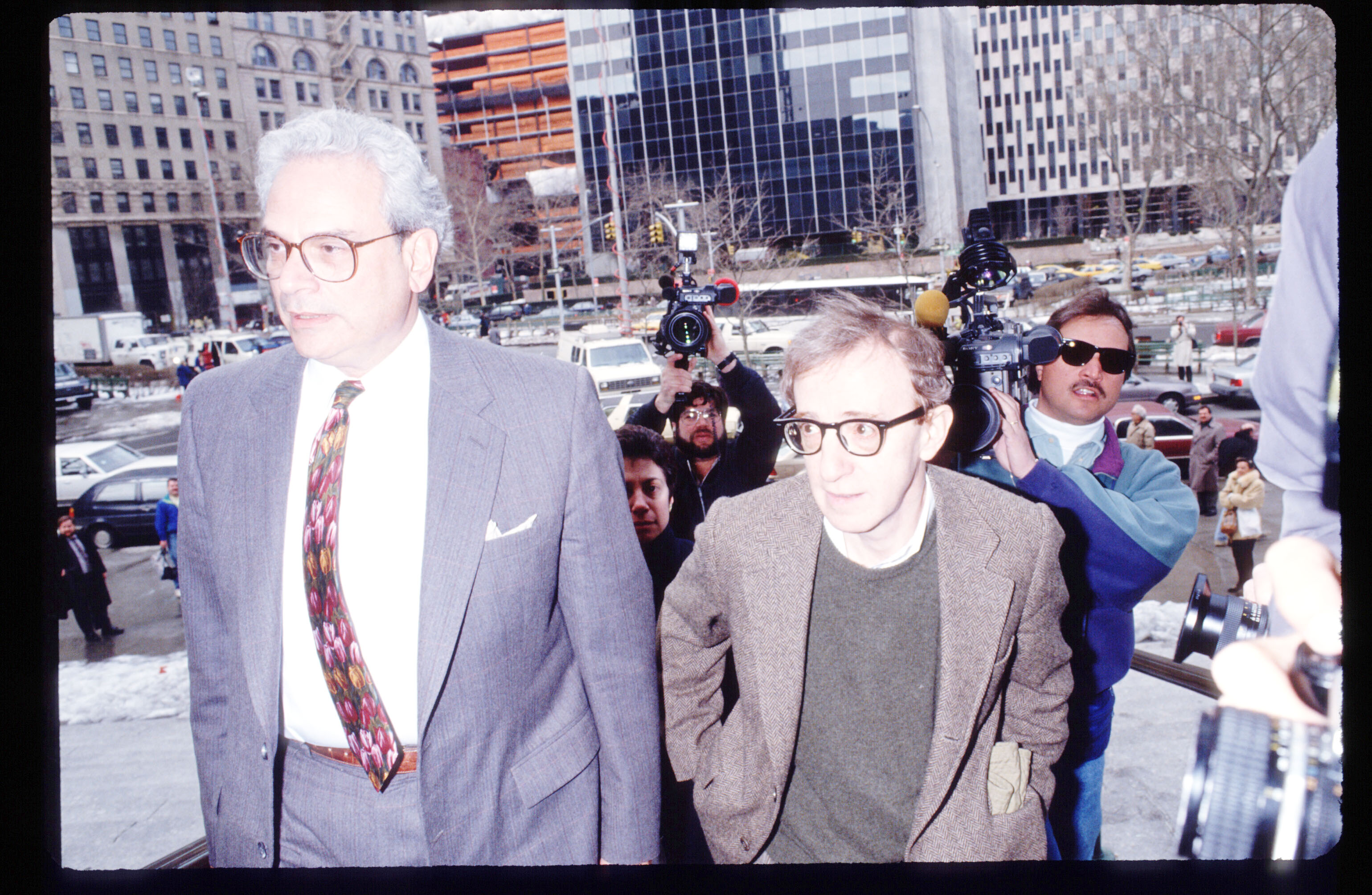
In 2014, Woody Allen was honored with the Cecil B. DeMille lifetime achievement award. As part of the ceremony, the Golden Globes showed clips of Woody’s past movies and also showed images of Mia Farrow, which Farrow signed off on. During the ceremony, both Ronan and Mia tweeted out veiled insults towards Woody, and two weeks after the ceremony, Dylan, now an adult woman, wrote an editorial on a New York Times blog accusing Woody of sexually assaulting her as a child. Woody, in response, wrote an editorial in the New York Times denying the allegations, and blaming Mia for coaching her daughter. The story dominated the entertainment news for a cycle, but then died down.
#MeToo revival
View this video on YouTube
As part of the #MeToo reckoning in Hollywood, Dylan Farrow wrote an editorial for the L.A. Times in December 2017, reiterating the accusation of sexual abuse. In January 2018, she gave her first television interview to Gayle King, reiterating the sexual abuse accusation. Woody responded again by denying the accusation and pointing to the investigations that he felt exonerated him.
This time, the accusations stuck, and more people believed Dylan’s account. The aforementioned 2018 New York Magazine interview with Soon-Yi, which accused Mia of systematic abuse and manipulation, did little to invalidate Dylan’s account.
Multiple actors, including Greta Gerwig, Colin Firth, Elliott Page, and Mira Sorvino stated that they regretted working for him or pledged not to work with him again. Amazon decided to cancel their film deal with Woody. And Woody has struggled to find American distributors for his films. His memoir was delayed when his original publisher declined to publish it. His most recent film, Rifkin’s Festival, has still not been released in the United States.
Moses Farrow speaks out

HBO documentary revival
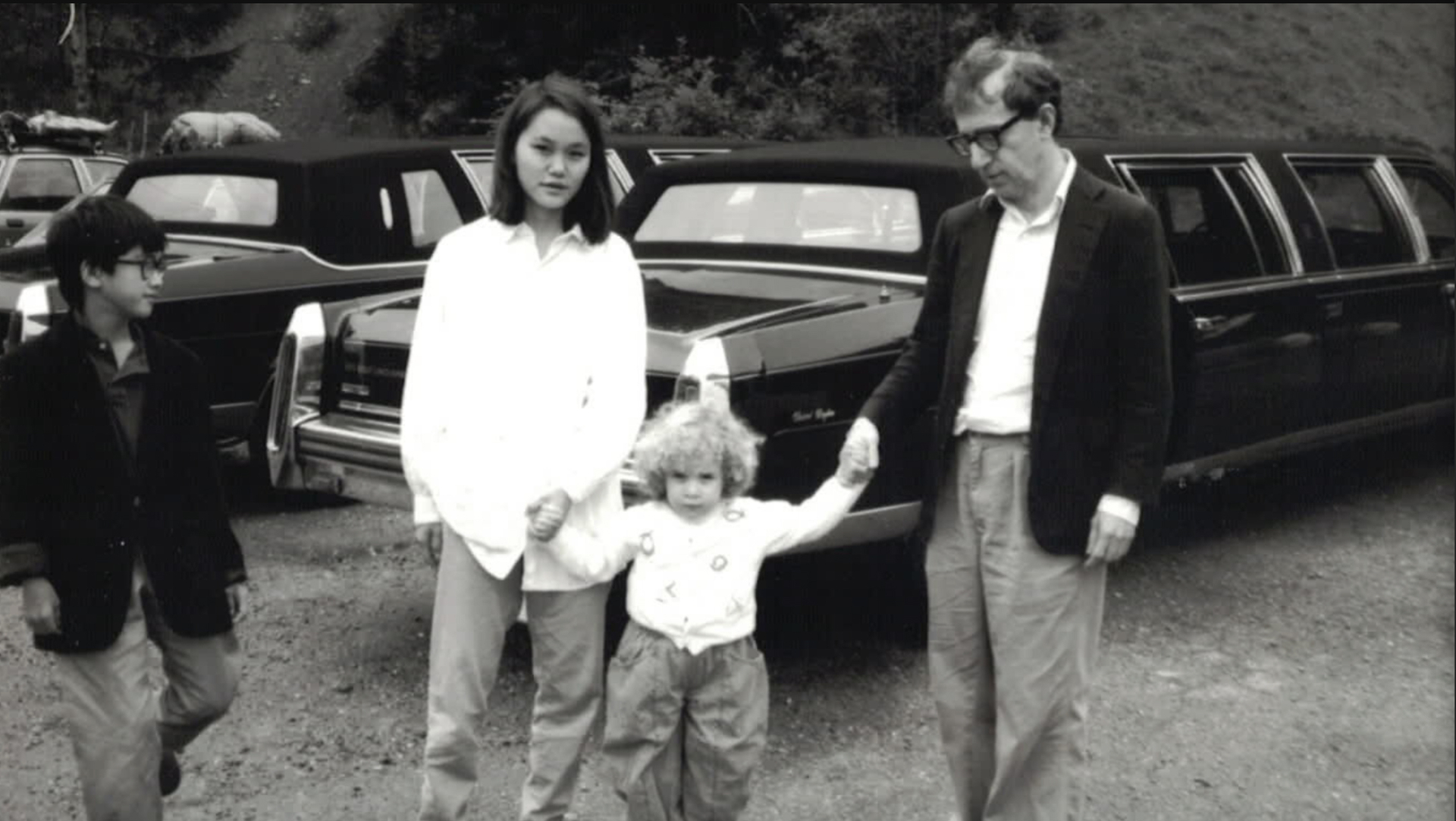
On Feb. 28, HBO aired the second part of its Allen vs. Farrow documentary. We didn’t learn any new information that hasn’t been a part of either the court records or the involved people’s memoirs. But we did see some never-before-broadcast video footage, recorded by Mia, of a seven-year-old Dylan describing how Woody allegedly groped and sexually assaulted her.
The content on these tapes has been made public. But there’s something genuinely heart-wrenching and disturbing about seeing those accusations articulated in a seven-year-old’s voice. In a tweet prior to the episode’s airing, Dylan explained her decision to reveal “little Dylan” to the public, as part of her effort to find closure and peace. “This is the most vulnerable part of who I am,” she wrote.
The other particularly striking part of Part II was when we heard phone calls between Mia and Woody, discussing how they would present the Soon-Yi affair to the media. One particular conversation dealt with the apportionment of blame; Woody wanted himself and Soon-Yi to share the blame, whereas Mia wanted Woody to shoulder the brunt of it.
In the documentary, Christine Engelhardt says she was 17 when she began a relationship with Woody, but was 16 when he met him. This contradicts an interview and feature by The Hollywood Reporter in 2018, which says that she was 16 when she started the relationship. This could be a matter of semantics and splitting hairs. But it would be to Woody’s benefit for the sexual relationship to have started when she was 17, as that is the age of consent in New York.
The following are some small, conflicting accounts and observations in relation to Part II of Allen vs. Farrow.
- Accounts differ on whether Woody had a fatherly presence in the Farrow’s children’s lives, outside of his relationships with Moses, Dylan, Ronan. Woody says he wasn’t a father figure to any of the other children, which he uses to rationalize his relationship with Soon-Yi. In the documentary, Fletcher says otherwise.
- Where Moses was at the time of the alleged assault has changed in different people’s accounts. In her memoir, Farrow said Moses was taking a walk outside at the time. In the documentary, Berge says Moses “usually” went for a walk, allowing for the possibility that he was in the house that day. And Moses claims he was there the entire time, watching, and had never observed Woody and Dylan going off together. The court documents from the early ‘90s do not mention Moses as being present.
- There’s a story that Dylan tells about how when she was a child, she called Woody by his name instead of calling him Daddy. In response, Dylan says that Woody shoved her face in her plate of hot spaghetti. She tells this story as a way of illustrating how terrifying Woody was to her—and even though he was loving towards her, he was also capable of violence and cruelty.
- We learn that during the custody trial, Groteke testified that she searched the house and outside for Dylan and Woody and couldn’t find them anywhere. Mia uses this to explain that Woody and Dylan must have been in the crawl space—a room inside of a room that Groteke had not checked.
We will be updating this article after each part of the documentary, with any new facts that are uncovered.
On March 7, HBO aired the third part of their Allen vs. Farrow documentary. The most notable, damning part of the episode was the numerous recorded phone conversations between Woody and Mia at the time of the scandal. The documentarians played an audio clip in which Mia referred to Dylan’s molestation and directly accused Woody of being responsible. These comments are followed by silence on the end of the phone; either Woody remained silent, or the documetararians did not air his responses. In another clip, Mia asked Woody for clarification on where he was at the time of the alleged molestation. He declined to answer, instead implying that all would be revealed during the custody trial.
As stated previously, both the Yale-New Haven Hospital Child Sexual Abuse Clinic and the New York State’s Department of Social Services investigated the possibility that Woody had molested Dylan. The new documentary discusses several additional details, which cast the reliability of these reports into doubt.
Several experts claimed that the Yale-New Haven team had erred in its fact-finding—that Dylan was interviewed an excessive number of times, and the team risked re-traumatizing her. They also pushed back on the notion that destroying the notes, in the time frame and hastiness they had done it, was standard operating procedure.
As for the New York State’s Department of Social Services, the person placed in charge of the investigation, Paul Williams, stated in an archival interview that he believed Dylan’s account. He alleges he was reassigned and later fired in an effort by the “bigwigs” to cover things up. The department claims they fired him due to insubordination and not following protocol. According to his notes (which were not destroyed), Williams spoke to Jennifer Sawyer, one of the social workers who interviewed Dylan for Yale-New Haven, who corroborated his belief that Dylan was telling the truth. Williams declined to be interviewed for the new documentary, although his lawyer spoke on his behalf. Sawyer did not respond to requests to be interviewed.
The documentary takes efforts to depict Woody as having the best, most bullying legal representation possible, and specifically cites Elkan Abramowitz as being Woody’s ace-in-the-hole. The implication is that Mia did not have the same advantages. And although this might be true, Mia was also wealthy and retained strong legal counsel. One of the people representing her during this time was famed celebrity lawyer and Harvard law professor Alan Dershowitz.
The documentarians had several experts in child sexual abuse watch the videos of Dylan describing her molestation. They did not definitively state whether they believed Dylan was telling the truth, but they noted that her reactions, such as her reluctance to continue discussing the alleged crime, are consistent with someone telling the truth; a child who was lying, or repeating a rehearsed story, would tend to get bolder in the retelling.
On March 14, HBO aired the fourth part of Allen vs. Farrow. The final installment uses the lion’s share of its runtime to put Dylan front and center. It analyzes how the Farrow family endured and suffered after the allegations. It establishes a timeline of the back and forth between Dylan’s camp and Woody’s camp over the past ten years. It features several fascinating setpieces: an interview featuring both Dylan and Mia together, discussing Mia’s culpability—a reunion between Dylan and retired prosecutor Frank Maco, who declined to prosecute the case—and an interview with Dylan and her husband, where they discuss the effect the alleged assault has had on Dylan’s personal relationships.
The most notable new information in Part 4 deals with the electric train set in the attic, which Dylan claims she was playing with while she was assaulted, and which Moses claims was never in the attic. There was testimony during the custody trial by Kristi Groteke, where she testified that there was a large, rideable toy train in the attic. That’s been used to refute Dylan’s claim since such a train could not fit and operate in such a small space.
Was there a second, smaller train set in the attic, apart from the rideable train, that could account for this discrepancy? The documentary establishes that yes: contrary to Moses’ claims, there was a second, smaller train set (not the rideable one) set up in the attic. The police sketched and labeled it “Toy Train Track,” and that sketch was shown in the documentary as support for Dylan’s claim. There is also documentation that when the Connecticut police were investigating the case, Dylan went to the attic, laid down, and physically demonstrated to the police where she was when the alleged assault occurred.
In his 2018 blog, Moses claimed that Dylan never mentioned the toy train set at the time of the alleged assault—that this was a new specific detail, perhaps engineered to give her story credibility. This is contradicted by multiple documents from Dylan’s testimonies at the time. The filmmakers found seven mentions of the smaller toy train set in those documents, proving that it’s been a part of the allegations since the very beginning, even if it wasn’t part of the public knowledge until recently.
Lastly, the documentary raises additional doubt as to where Moses was at the time of the alleged assault. Moses currently claims he was there the whole time and witnessed everyone’s comings and goings. But at the time of the alleged assault, Moses admitted he wasn’t there for a space of time—long enough for an assault to occur. And during Woody’s testimony, he doesn’t remember Moses’ presence during the time period of the alleged assault.
In an aside, Ronan recalls that Woody offered him financial and social support for speaking out against his family, which he declined. The documentary doesn’t explicitly raise the suspicion that Moses was paid off by Woody (as there is no evidence to suggest this was the case), but the insinuation is unmistakable.
Celebrity defenders

Lastly, Part 4 discusses how we, as an audience, should react to this documentary if we believe Dylan’s claims, through an array of culture critics. Can we reasonably separate the artist from his art? Some claim that the dissonance is too high and that they can never watch Woody Allen’s film ever again.
Another talks pragmatically, stating that she will never watch another Woody Allen movie so long as he’s alive, lest he profits or benefits from her patronage. Another critic speaks holistically and says that if we decide to keep watching his films, we should do so with the full knowledge and context of who he is, and how we interpret his work.
The documentary never takes a definitive stance on what it feels is the best option.

